Genomics and Gene Regulation:
Deciphering the Instruction Books of Biology
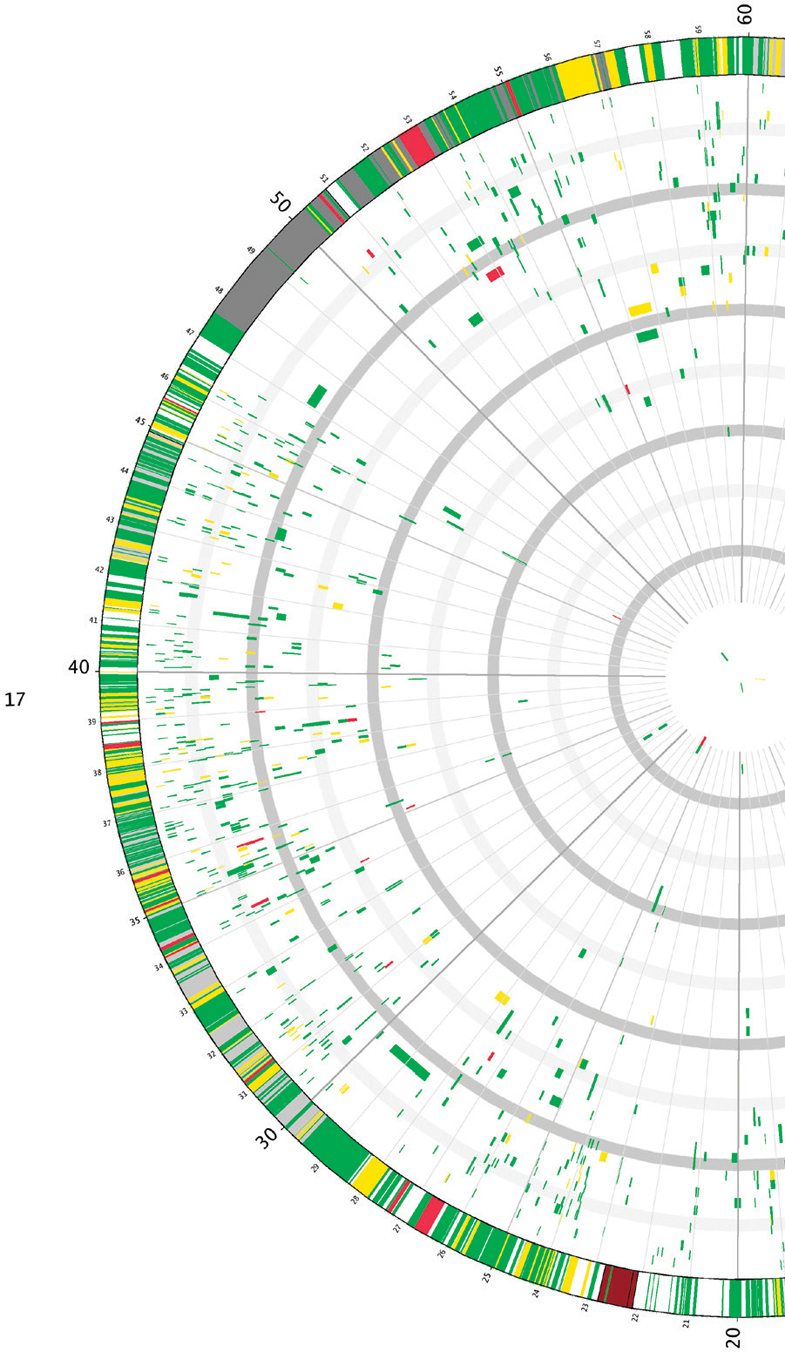
Following Rosalind Franklin’s groundbreaking X-ray diffraction image of DNA and identification by James Watson and Francis Crick of the double helix form of the DNA molecule in the 1950s, the development of genetic engineering in the 1970s opened the door to a wealth of exciting scientific discoveries. Since then, genetic and genomic techniques have expanded far beyond the laboratory, propelling advances in health care, forensic science, evolutionary biology, and biotechnology.
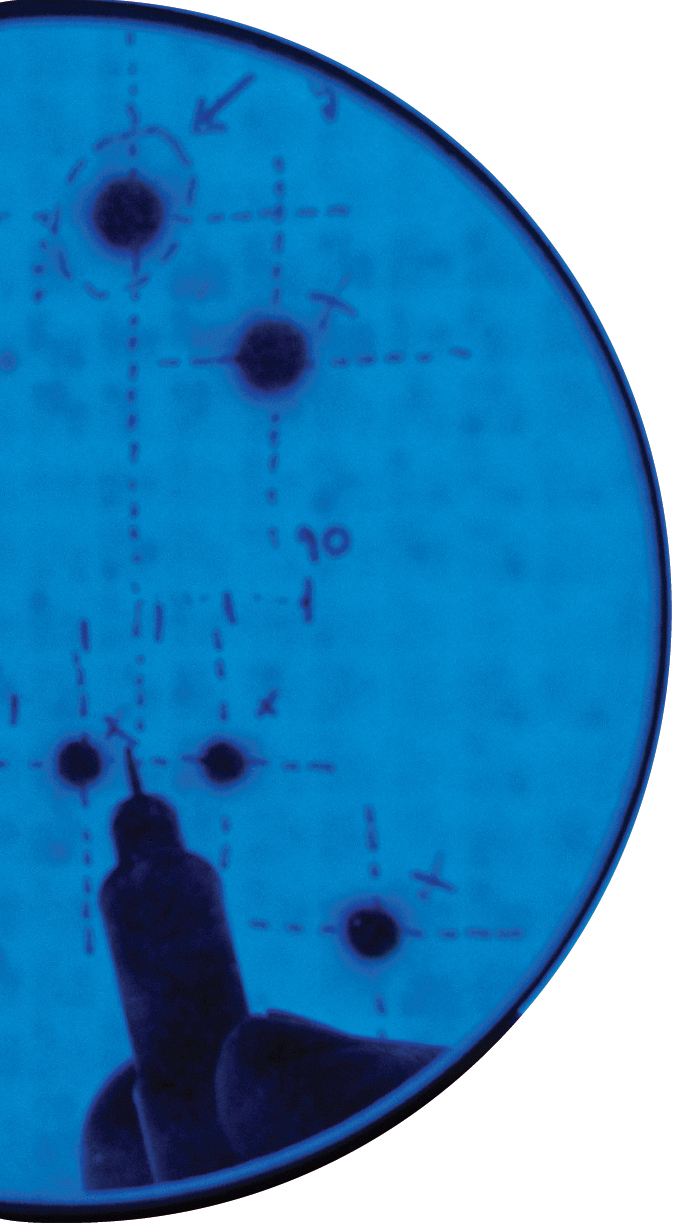
1970
An Unexpected Origin of Cancer
The 1970 discovery of cancer-causing genes, known as oncogenes, radically changed the future of cancer research. Building on decades of study of viruses that cause tumors in chickens, scientists discovered that oncogenes originate from normal genes, called proto-oncogenes, that can cause cancer when activated. Identification of oncogenes has led to cancer drugs that target the proteins they make in the body.
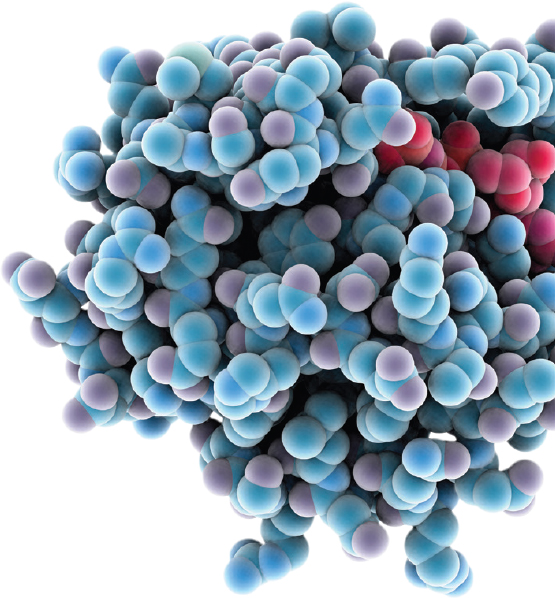
1970s
“Seeker” Cells
For decades, scientists searched for a “magic bullet” that could target specific molecules within the body. In the 1970s, they created one. They combined short-lived cells that produce antibodies with an immortal myeloma cell to produce hybridomas, immortal cell lines that can generate an endless supply of identical antibodies that selectively bind to particular substances. Researchers use these antibodies to detect, isolate, and classify proteins, viruses, cells, tissues, and organs. Monoclonal antibodies also have many therapeutic applications in the prevention, diagnosis, and treatment of disease.
1970s
Reading Biological Blueprints
No method existed to sequence DNA molecules until the mid-1970s, when two techniques appeared almost simultaneously: the Sanger chain-termination method, and the Maxam-Gilbert sequencing method. In the Sanger method, enzymes create DNA fragments of varying lengths; in the Maxam-Gilbert method, chemical reactions produce DNA fragments. Both methods then sort these fragments by size to read out the sequence of the original DNA molecule. Though the Maxam-Gilbert method quickly fell from favor, the Sanger method remains widely used today.

1972
The Beginnings of Biotechnology
In 1972, scientists discovered how to cut and paste individual genes from one organism into another, creating the first genetically modified organisms and paving the way for the biotechnology industry. This revolutionary process uses molecules known as restriction enzymes as “scissors” to cut molecules of DNA from both organisms. Enzymes known as ligases then act as “glue” to combine the DNA pieces. The resulting DNA molecules have genes from both organisms and are known as recombinant DNA.
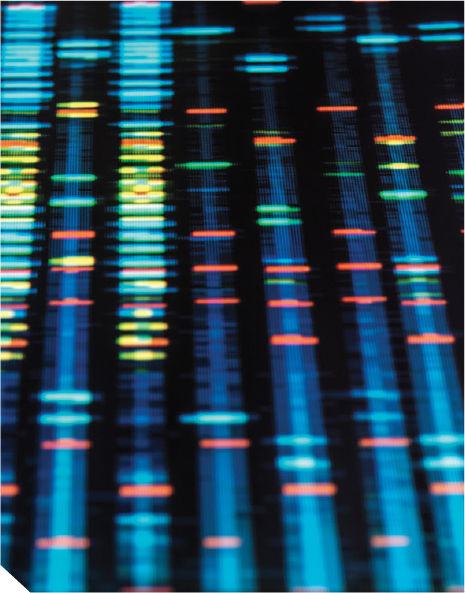
1985
Tapping the Potential of DNA Replication
Since its invention in 1985, the polymerase chain reaction (PCR) technique has become one of the most widely used and transformative technologies in science and medicine. Within a matter of hours, PCR allows for millions of identical copies of DNA to be created from even the smallest sample. In medicine, PCR is used to diagnose genetic defects and detect viruses. In law, PCR generates DNA “fingerprints” that are used to help solve crimes. Evolutionary studies use PCR to reproduce DNA from fossils. Perhaps most importantly, PCR has enabled genomic sequencing on a massive scale that has transformed biological and biomedical research.

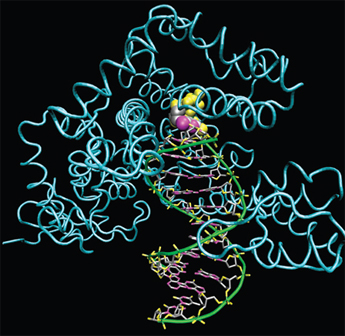
1988
Sequencing the Human Genome
In 1988, the U.S. Congress launched the Human Genome Project, an international research collaboration to determine all 3 billion bases encompassed within the DNA sequence of a representative human being. Recognized as the biggest, costliest, and most controversial biomedical project in history, the project’s objectives were achieved in 2003. Completion of the project created a new research infrastructure that has revolutionized human genetics and biomedicine. Since then, many thousands of people and animals have had their entire genetic code sequenced.
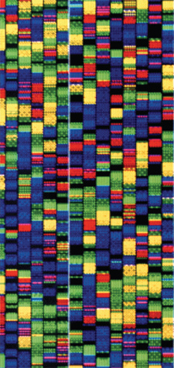
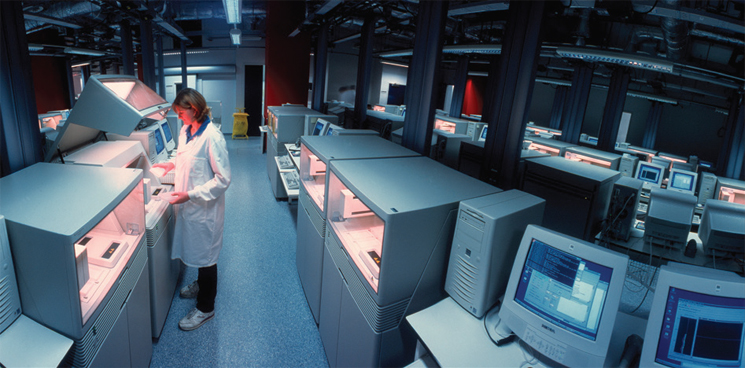
1996
The First Cloned Animal
On July 5, 1996, Dolly the sheep was born at The Roslin Institute in Scotland, becoming the first mammal successfully cloned from an adult cell. This feat was accomplished through a process called somatic cell nuclear transfer in which a mammary gland cell from an adult sheep was inserted into an unfertilized egg cell without a nucleus. Dolly’s birth proved that a cell from part of the body could be used to create an entire individual. This line of research led to advances in stem cell research and the cloning of many other mammals.
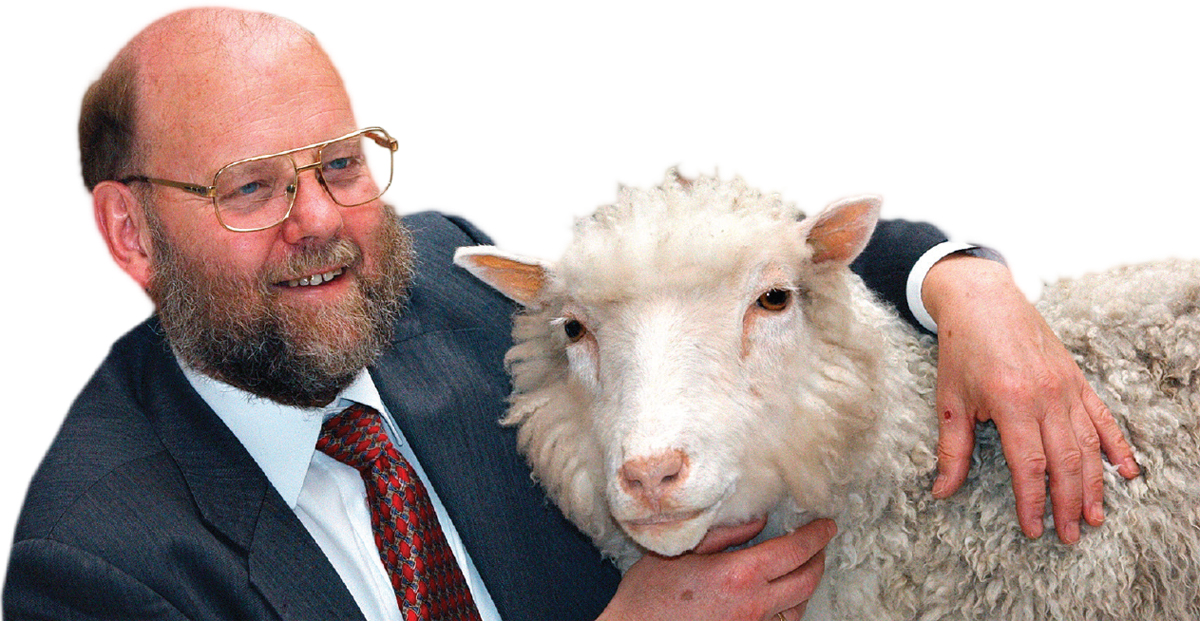
2012
A Revolutionary Advance in Gene Editing
When viruses infect certain single-celled organisms, they leave behind fragments of their DNA. The organisms use these fragments to form families of repeated DNA sequences, known as clustered regularly interspaced short palindromic repeats, or CRISPRs, which identify and help to combat infections. In 2012, scientists reengineered a CRISPR system that relies on a protein called Cas9 and created a “cut-and-paste” tool that can selectively alter almost any DNA sequence. This powerful gene-editing technology inaugurated a new era in biomedical research and biotechnology.
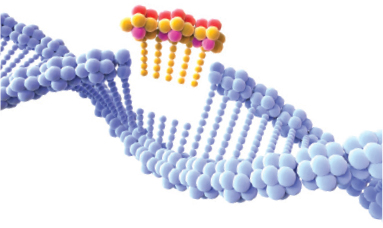
The National Academy of Sciences and the National Academy of Medicine launched an initiative on Human Genome Editing in 2015 to inform decision-making related to ongoing advances in human genome editing research. Subsequent consensus studies and summits have explored the scientific underpinnings of these technologies, their potential use in biomedical research and medicine, and implications of their use.
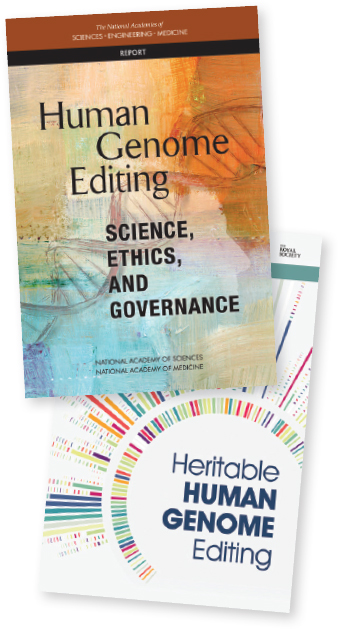
2008
Direct-to-Consumer Genetic Testing
Since 2008, when Time magazine named “The Retail DNA Test” the Invention of the Year, direct-to-consumer genetic testing (now called consumer genomics) has become increasingly available and affordable. Most direct-to-consumer tests do not analyze the whole genome. Instead, they check for the presence or absence of specific genetic variants known as single nucleotide polymorphisms (SNPs) in a person’s genetic code. These markers provide DNA-based information on health, traits, and ancestry. Also in 2008, Americans became protected from discrimination based on their genetic information in both health insurance and employment through the Genetic Information Nondiscrimination Act.

2013
Patenting DNA
Beginning in 1994, Myriad Genetics discovered, isolated, and patented two genes—BRCA1 and BRCA2—that can contain genetic variants that greatly increase the risk of breast and ovarian cancer. In 2013, the U.S. Supreme Court overturned these patents, ruling that naturally occurring DNA cannot be patented because it is not a product of human invention. However, synthetically created composite DNA is “patent eligible” because it doesn’t occur naturally. This ruling could improve medical innovation and patient care by making it harder for diagnostics companies to gain exclusive control over a person’s genetic information.
The previously large gap between how genetic information is used in biomedical research and how it is used in health care is narrowing. Genetic testing, genome editing, the growth of tissues and organs in the lab, and other techniques based on genomics and gene regulation will find a steadily expanding range of clinical uses, but ethical, legal, and social implications will need to be addressed.




